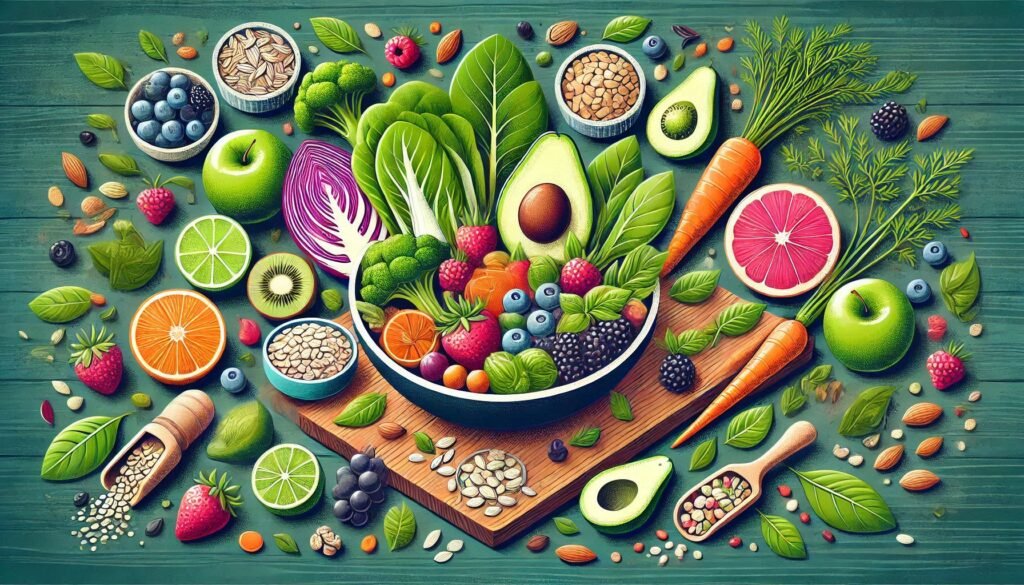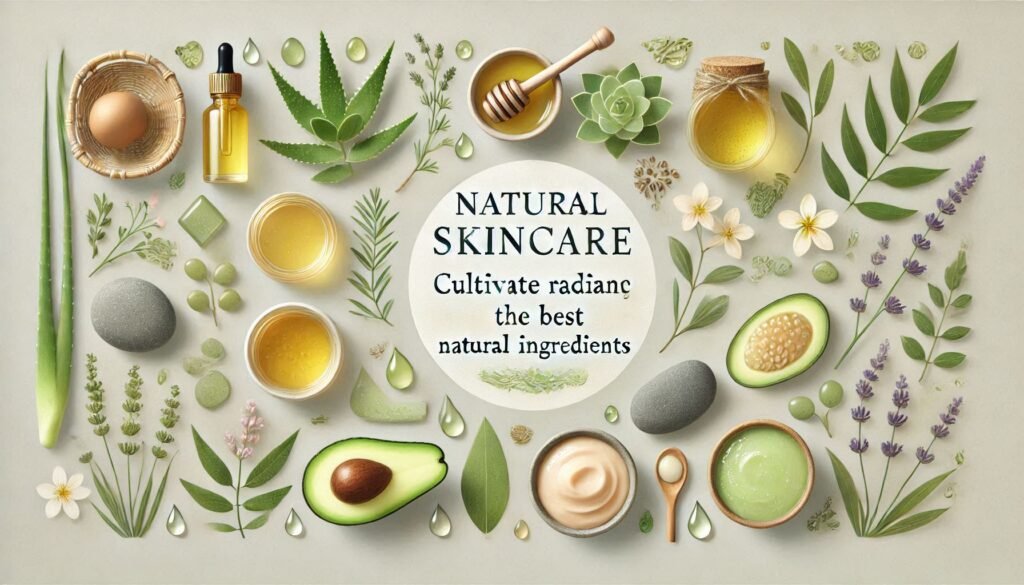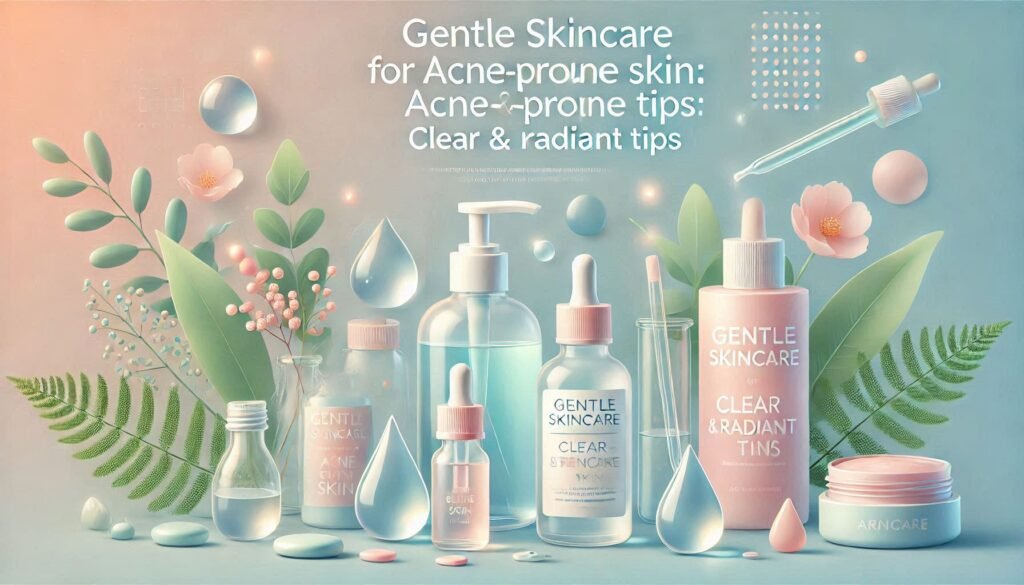10 Must-Have Summer Dresses to Transform Your Style This Season
Summer is the perfect season to embrace light, breezy, and stylish outfits, and nothing captures the essence of warm-weather fashion quite like a summer dress. From casual beach days to evening garden parties, the right dress can elevate your wardrobe while keeping you cool and comfortable. Let’s explore the top 10 trendy summer dresses stealing the spotlight this year. 1. The Classic Maxi Dress There’s nothing quite like the elegance and comfort of a maxi dress. This versatile wardrobe staple effortlessly transitions from day to night with the right accessories. Popular Colors and Patterns: This season, earthy tones, pastel hues, and vibrant prints are making waves. Think sunset oranges, leafy greens, and boho-inspired patterns. Styling Tips: Pair your maxi dress with strappy sandals and a wide-brim hat for a daytime outing. For an evening event, swap the sandals for heels and add statement earrings for a polished look. 2. Flowy Floral Midi Dresses Florals are synonymous with summer, and midi dresses featuring floral patterns are a favourite. Their length offers a balance between comfort and sophistication. Trending Floral Prints: Tropical motifs, dainty florals, and vintage-inspired blossoms are dominating this year. Styling Tips: Pair these dresses with wedges or espadrilles and a woven handbag for a chic summer vibe. Add a light denim jacket for breezy evenings. 3. Breezy Linen Dresses Linen dresses are a must-have for their breathability and natural charm. They’re perfect for both casual outings and semi-formal gatherings. Key Features: Look for A-line or shift dresses in neutral shades like white, beige, or muted pastels. Care Tips: To keep your linen dresses looking fresh, wash them in cold water and let them air dry to avoid shrinkage. 4. Chic Wrap Dresses Wrap dresses have an undeniable charm thanks to their universally flattering silhouette. They cinch at the waist and highlight curves, making them suitable for all body types. Trending Patterns and Fabrics: Polka dots, animal prints, and lightweight fabrics like chiffon are trending. Day-to-Night Styling: Pair a wrap dress with flat sandals for a daytime brunch, and switch to block heels and a clutch for an evening affair. 5. Playful Shirt Dresses Shirt dresses strike the perfect balance between casual and chic. With their button-down design, they’re ideal for work or weekend outings. Colour Trends: From bold solids to quirky prints, shirt dresses are available in a variety of designs. Styling Tips: Cinch the waist with a statement belt and complete the look with ankle boots or sneakers for a contemporary edge. 6. Strappy Sundresses When it comes to beating the summer heat in style, strappy sundresses are a go-to option. These lightweight and breezy dresses are perfect for casual outings, picnics, or even a quick trip to the beach. Trending Necklines and Cuts: This year, square necklines and tiered designs are all the rage. Look for sundresses with adjustable straps for added comfort. Layering Tips: For a chic layered look, throw on a light cardigan or a cropped denim jacket. Pair with flat sandals during the day and swap for wedges in the evening. 7. Puff-Sleeve Dresses Puff-sleeve dresses bring a touch of drama and romance to any summer wardrobe. Their voluminous sleeves add a playful yet sophisticated twist to classic dress styles. Modern Takes on Puff Sleeves: Designers are mixing puff sleeves with sleek silhouettes, lace detailing, and vibrant prints. Mini puff-sleeve dresses are especially popular for a youthful look. Styling Tips: Pair puff-sleeve dresses with delicate jewellery to balance the bold sleeves. Flat mules or heeled sandals work perfectly to complete the outfit. 8. Bohemian-Inspired Dresses For those who love free-spirited vibes, bohemian-inspired dresses are a dream come true. These dresses are all about flowy fabrics, intricate details, and earthy tones. Key Features: Look for maxi dresses with embroidered details, tassels, or tiered layers. Prints like paisley and tribal patterns are timeless boho staples. Occasions: These dresses are perfect for festivals, vacations, or casual summer outings. Pair with gladiator sandals and layered necklaces for the ultimate boho-chic look. 9. Cut-Out and Backless Dresses If you’re ready to make a statement, cut-out and backless dresses are your ticket to turning heads. These daring styles are both elegant and eye-catching. Design Variations: Subtle side cut-outs and open-back designs are trending for a more understated look. For bold fashionistas, asymmetrical cut-outs are a fun option. Innerwear Tips: To maintain comfort and confidence, choose seamless or adhesive undergarments that complement the dress design. 10. Tiered and Ruffle Dresses Tiered and ruffle dresses add movement and texture to your wardrobe, making them ideal for summer parties or romantic evenings. Popular Styles: Maxi dresses with cascading tiers and mini dresses with dramatic ruffles are both on-trend. Soft pastel shades and delicate fabrics like chiffon enhance the feminine vibe. Styling Ideas: Keep accessories simple to let the dress shine. A pair of pearl earrings and nude heels will elevate the look effortlessly. Conclusion From the classic maxi dress to bold cut-out designs, summer 2024 is all about embracing comfort, style, and individuality. Whether you’re attending a casual brunch or a formal soirée, there’s a trendy summer dress for every occasion. Don’t be afraid to experiment with different styles to find the ones that suit your personality and vibe.




